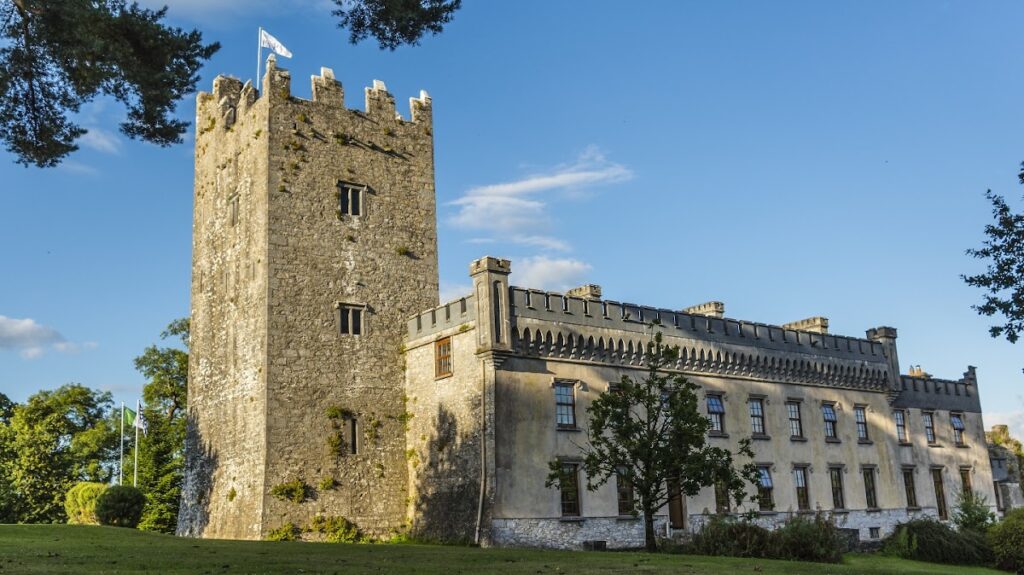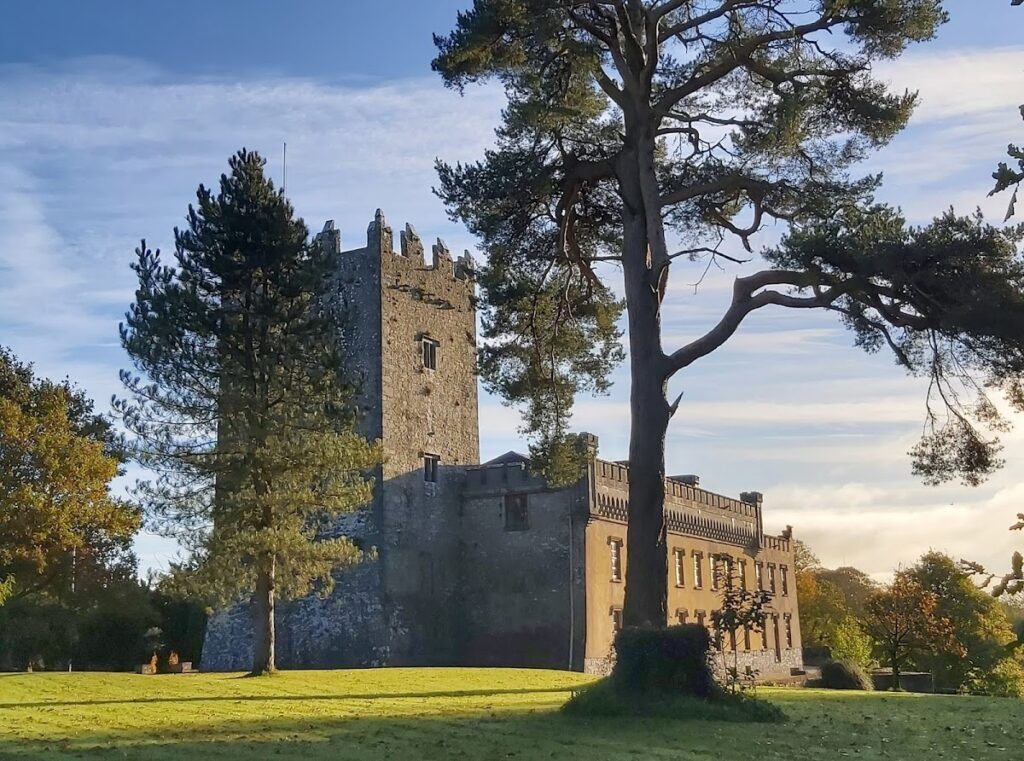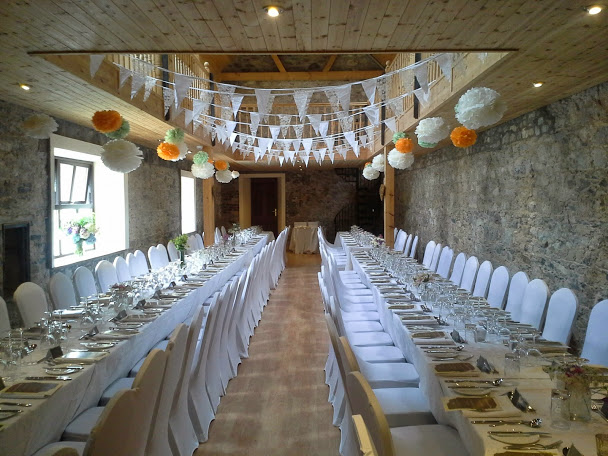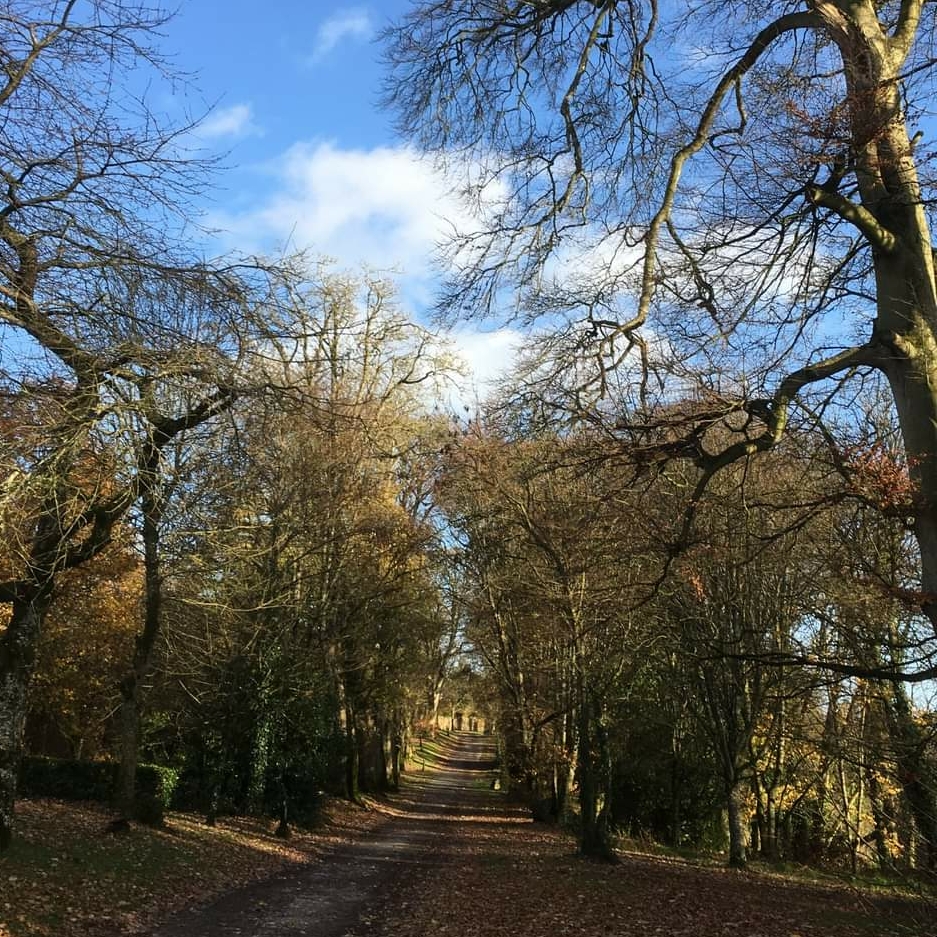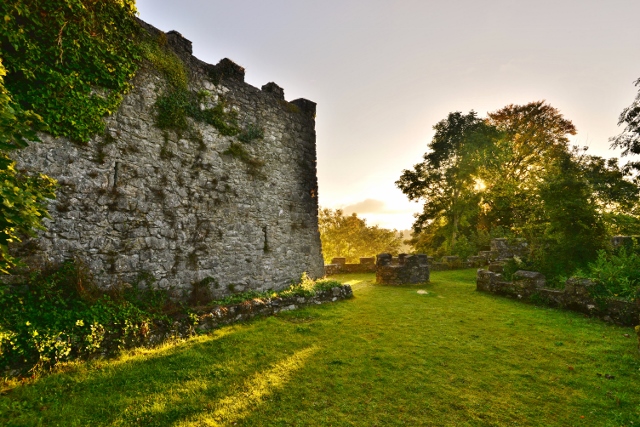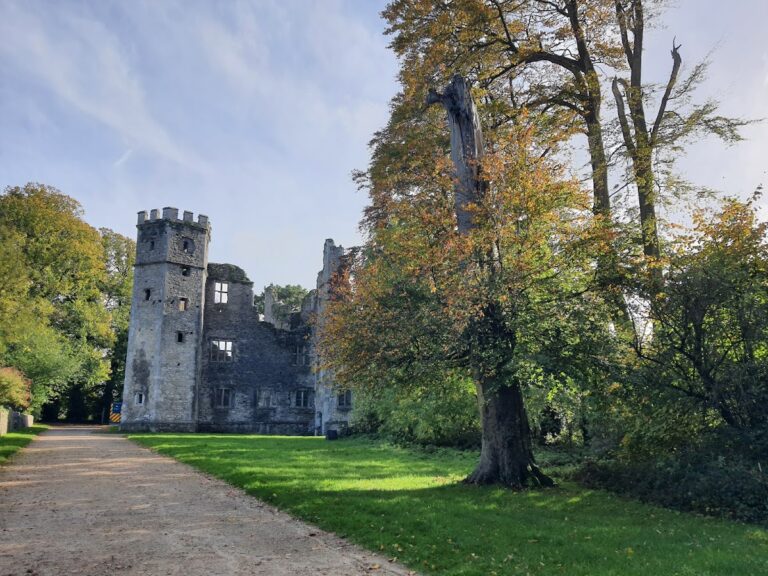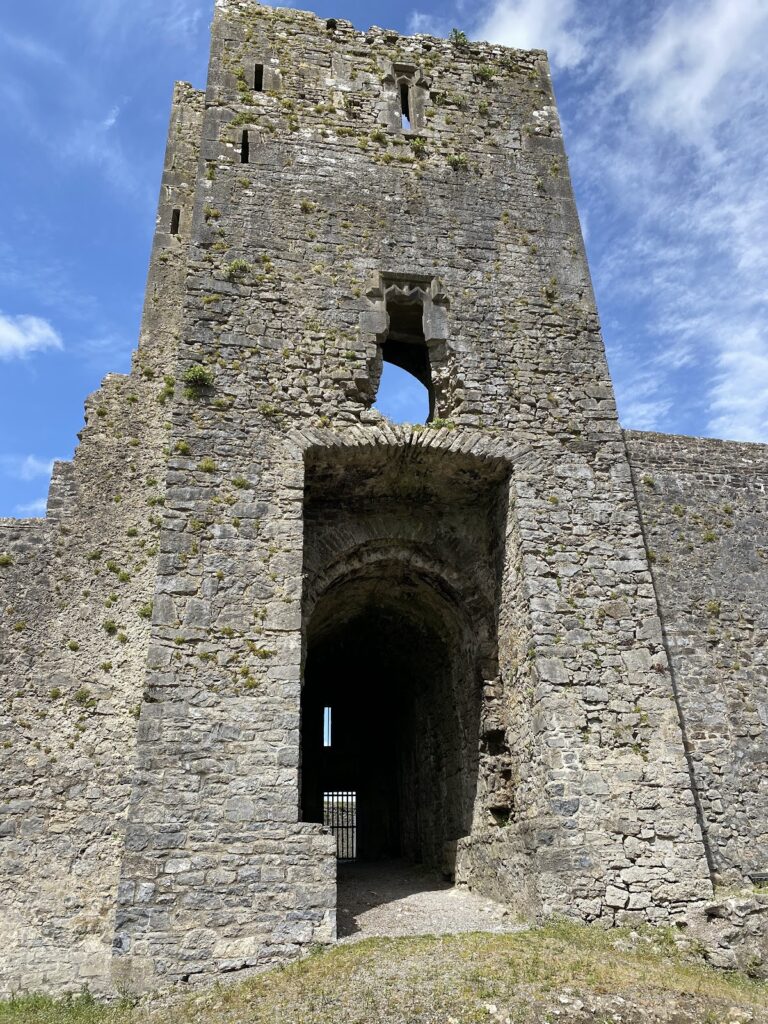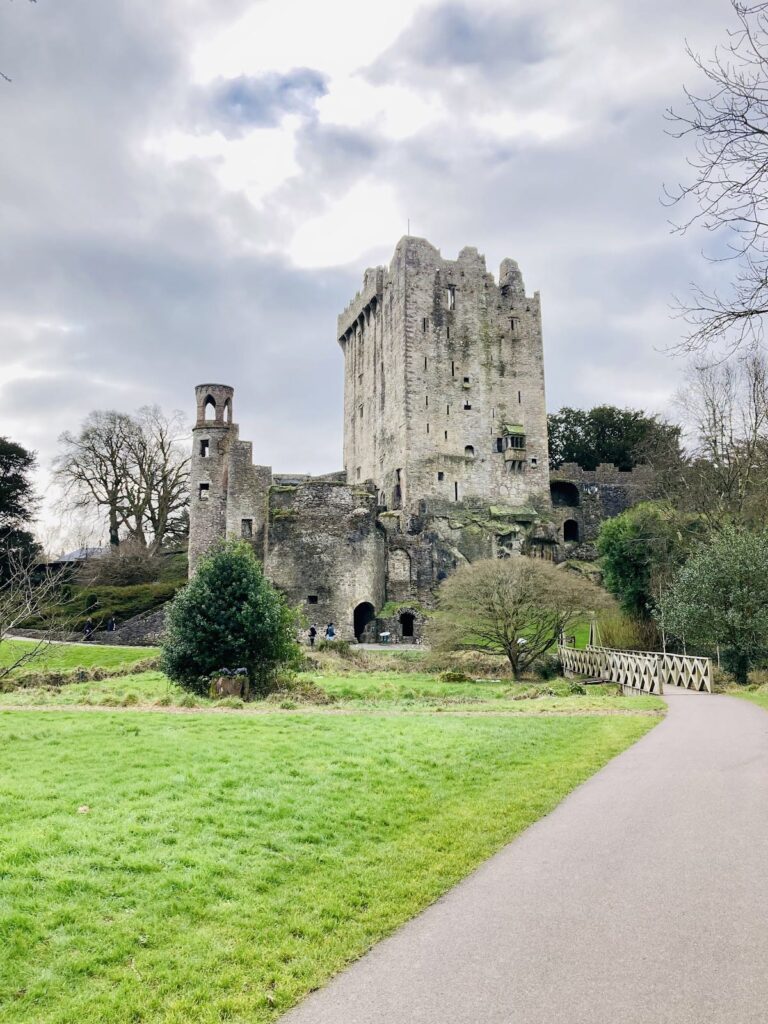Blackwater Castle: A Historic Stronghold in County Cork, Ireland
Visitor Information
Google Rating: 4.7
Popularity: Low
Google Maps: View on Google Maps
Official Website: www.blackwatercastle.com
Country: Ireland
Civilization: Unclassified
Remains: Military
History
Blackwater Castle is located in Castletownroche, County Cork, Ireland, on a site originally occupied by ancient peoples long before the castle’s construction. The first evidence of human presence dates back to the Mesolithic era, around 7000 to 9000 BCE, when early hunter-gatherer groups settled along the River Awbeg. Archaeological finds such as flint tools recovered from nearby caves and the Kilcummer area demonstrate continuous occupation of this landscape, making it one of Ireland’s earliest known settled sites.
During the late 12th century, following the Anglo-Norman invasion of Ireland, Cambro-Norman descendants of Maurice FitzGerald established a stronghold on this strategic location. Alexander and Raymond FitzHugh, grandsons of FitzGerald, constructed the original fortress here, building upon the earlier Gaelic fort known as Dun Cruadha. The castle and surrounding lands entered the possession of the Roche family through the marriage of Alexander’s daughter Synolda to David de la Roche. This alliance led to the region being known as Roche Country or the Barony of Fermoy, with the castle serving as a central seat of local power under the Roche family’s control.
The Roche family maintained ownership for several centuries, overseeing the gradual development of the castle complex. This tenure lasted until 1666, when the property passed into the hands of Colonel John Widenham. Following this transfer, the site was renamed Castle Widenham, reflecting the new family ownership. The Widenhams remained custodians of the castle until the 1960s, during which time the property saw modifications corresponding with changing architectural tastes and defensive needs.
In the mid-20th century, Sir Delaval Cotter and his wife undertook restoration work on the tower, revitalizing parts of the castle structure. Their stewardship lasted until 1976, after which subsequent owners initiated further renovations and rebranded the estate as Blackwater Valley Castle. These efforts aimed to preserve the historical fabric while adapting the site for new uses. In 1991, the Nordstrom Family Trust acquired the castle, continuing work to conserve and promote this heritage site. The castle also holds cultural importance as the place where the medieval manuscript known as the Book of Fermoy was produced; this manuscript is now preserved in the Royal Irish Academy.
Remains
The castle complex exhibits a layered architectural history, with construction spanning the 12th to the 18th centuries, primarily using stone masonry characteristic of Anglo-Norman fortifications. The layout includes defensive and residential components organized around a courtyard, reflecting the site’s evolution from medieval fortress to fortified residence.
On the eastern side stands a round tower dating to the 12th century. This structure remains intact but is no longer accessible to visitors. It was originally built as part of the castle’s early defensive system. The tower’s robust stone construction exemplifies Norman military architecture of the period, designed to provide vantage points and protection.
The castle’s fortifications include medieval curtain walls accompanied by a 13th-century watchtower featuring a sentry walk, a narrow walkway enabling guards to patrol and observe surrounding areas. These defensive structures helped monitor and secure the castle’s perimeter. The 15th-century Norman keep, or donjon, serves as the central stronghold within the complex, providing both defense and residential functions.
Residential elements of the castle date largely from the early 15th century. These sections were adapted over time to improve living conditions while maintaining defensive capabilities. Surrounding the courtyard are outbuildings and a fortified mansion constructed after the Cromwellian conquest of Ireland in the mid-17th century. This mansion was later modified and extended during the 17th and 18th centuries, integrating newer architectural trends while preserving the site’s defensive heritage.
Archaeological remains in the surrounding landscape further illustrate the site’s long human occupation. These include ring barrows and ring forts from the late Bronze Age and early Iron Age, constructed earthworks that functioned as burial sites and defensive settlements respectively. A nearby holy well dedicated to St. Patrick reflects the religious associations tied to the area, emphasizing its spiritual significance through the ages. Additionally, a Sheela na Gig carving—a symbolic stone figure often thought to represent fertility or protection—is found on the site, connecting the castle to medieval cultural expressions.
Overall, the castle grounds preserve physical traces that span nearly nine millennia of human activity, from Mesolithic flint artifacts through successive phases of medieval fortification and later residential transformation. The courtyard today hosts an adventure center, integrating the historic environment with modern use and maintaining the continuity of occupation and utility at Blackwater Castle.
